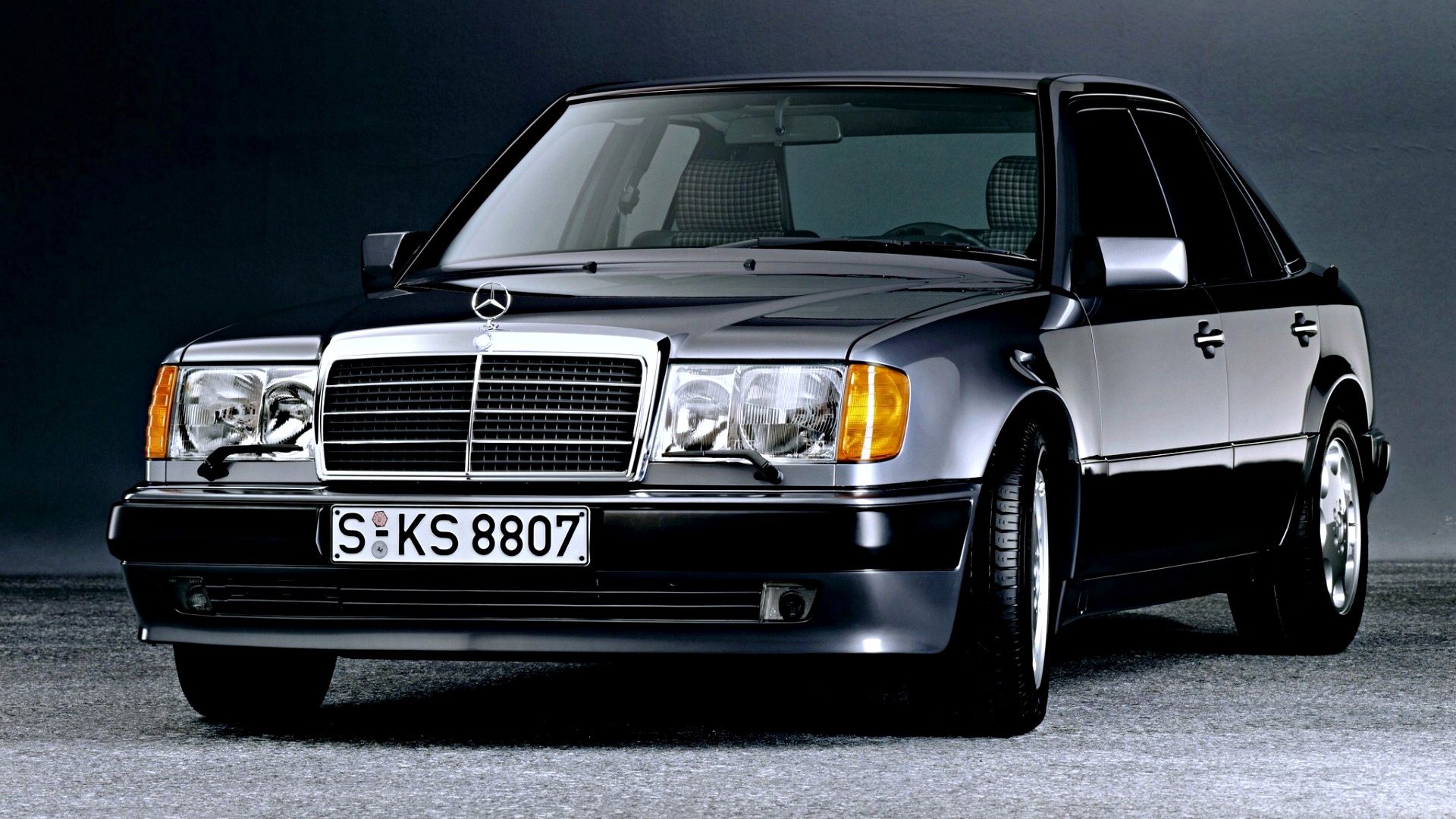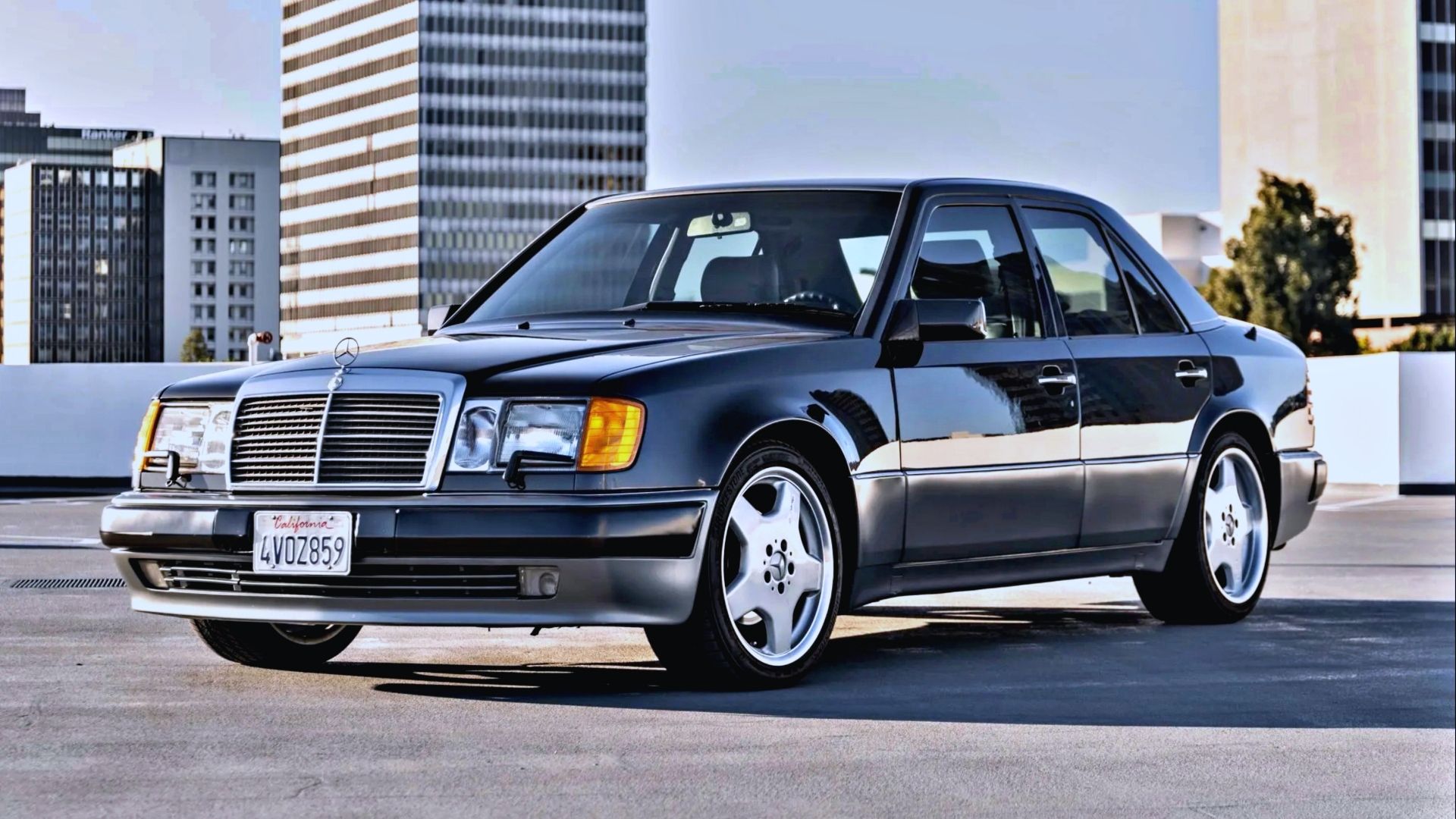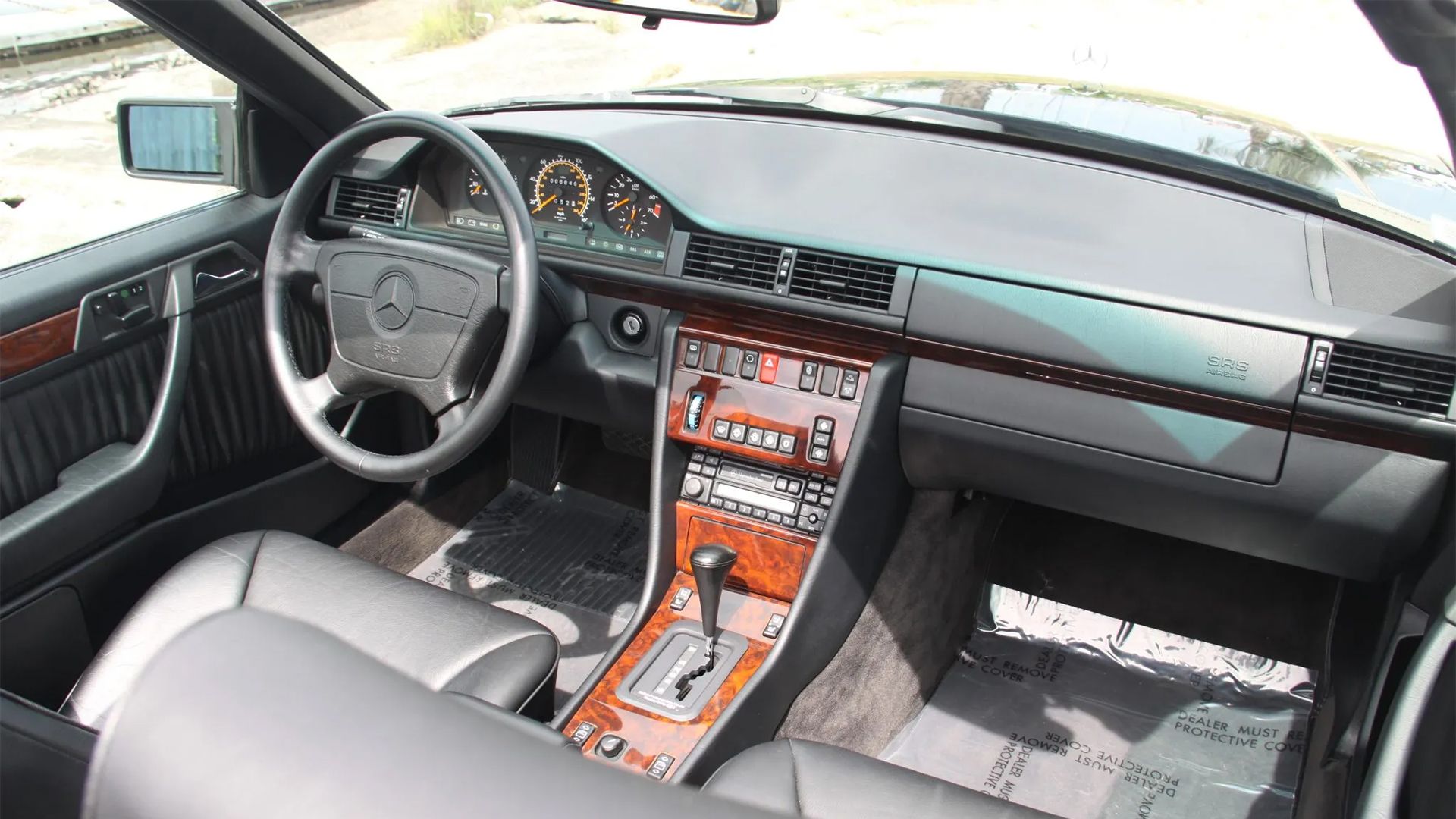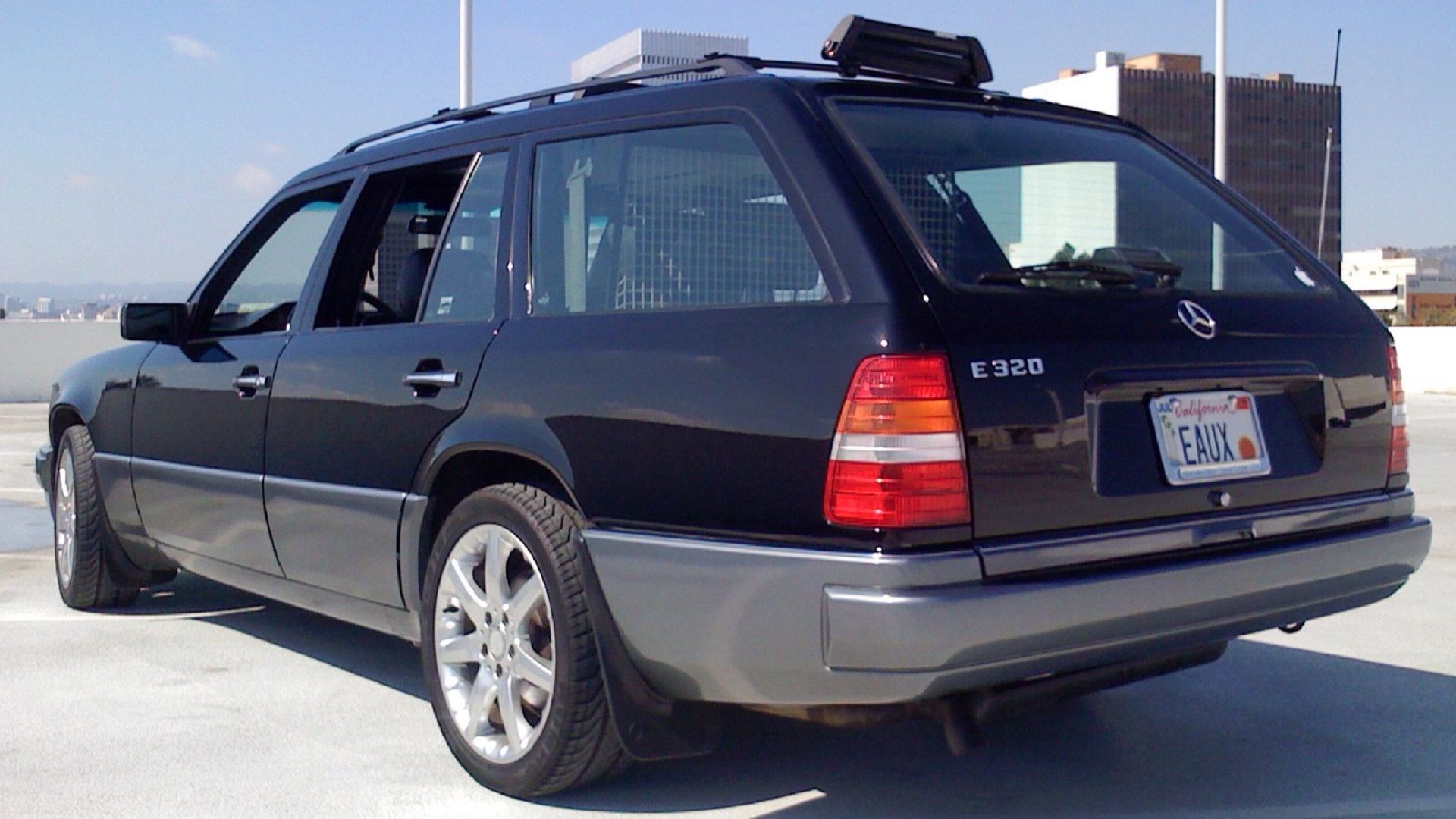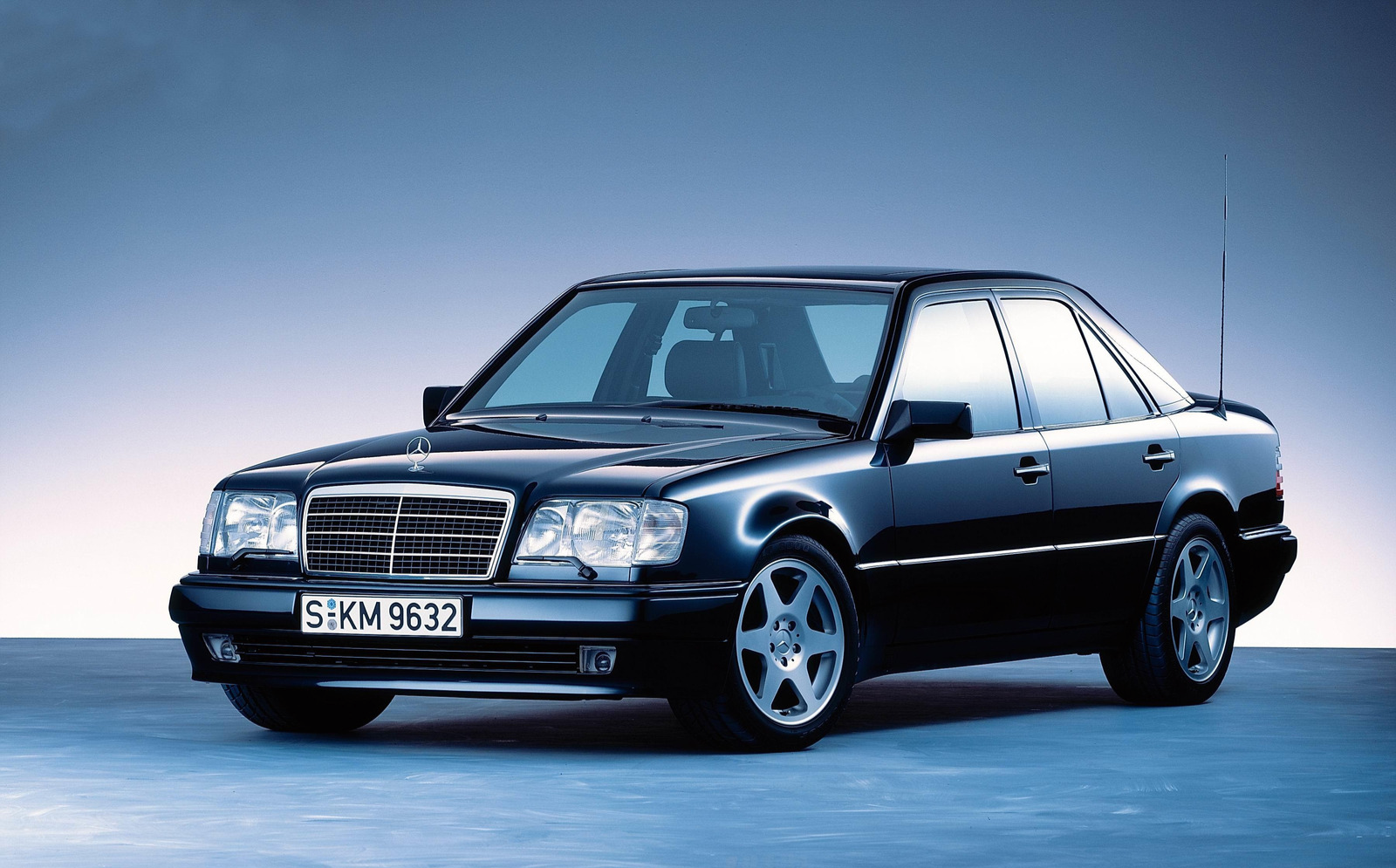Summary
- Old Mercedes vehicles were known for their incredible ride, reliability, and dependability, challenging the perception of the brand as all about luxury and performance.
- The W124 was considered the last true Mercedes, combining reliability with modernity, safety, and fuel efficiency. Its aerodynamics were impressive for its time, even rivaling modern cars.
- The W124 lineup offered a model for everyone, including sedans, wagons, and coupes, accommodating various interests and needs. Regardless of the variant, a W124 won't disappoint.
Old Mercedes vehicles are proof that the company used to be much different than it currently is. The W114, W123, and W124 are the embodiment of Mercedes. Contrary to popular belief, the German brand wasn’t all about leather, stiff suspension, all-out performance, and fashionable looks.
Mercedes used to produce land yachts that would put you at ease both with their incredible ride, but also with their reliability and dependability. It could be said that when Toyota introduced Lexus, the standard of measurement regarding quality was Mercedes.
It is widely believed that the W124 was the last true Mercedes. Models that came after were built with cost-cutting in mind while also becoming more complicated. Furthermore, they started to become more sporty and; therefore, less comfortable. So, as a homage to the W124 and all Mercs before it, here is everything that makes this vehicle a legend amongst legends.
The Old Mercedes Way
As mentioned above, Mercs of the past implemented a different approach. They were by no means the most well-equipped, fastest, nor the most luxurious vehicles on the market. The high price tag was justified by the incredible engineering that went into producing them.
Old Mercs rode unlike anything else on the road. They can many times be characterized as sofas on wheels. This laid-back, quiet, and relaxed driving experience put drivers at ease. Had a stressful day? Your old German brick could make up for it.
Durability, reliability, and comfort; however, aren't the only virtues of an old Mercedes. Safety was unquestionable. Old Mercedes models are known as some of the safest on the road thanks to a clever body construction that implemented crumple zones and interior airbags.
From the 1950s up until the early 1990s Mercedes wasn’t a luxury brand. Mercedes had set out to build the best automobiles on the road and that mission had certainly been achieved. Sadly, nowadays, the same cannot be said.
The W124 Was The Perfect Mercedes
The W124 might be the last old-school Mercedes, but it is also considered the best. You see, by 1984 when the W124 was released, vehicles were becoming more refined and powerful. This meant that the model was just as reliable as the previous W123 and W114 vehicles, but much more modern, quiet and safe.
The front end of the vehicle was tilted towards the rear, giving the blocky and not so aerodynamic appearing W124 a drag coefficient of 0.30. To give you an idea of just how impressive this number is, a modern-day Porsche 992 only achieves a drag coefficient of 0.29. In case you are wondering, the lower the number the more “slippery” the car is. Better aerodynamics lead to a higher top speed and less fuel consumption.
But aerodynamics are just a snippet of the W124’s magnificence. Underneath, you would find a base that was both sophisticated but also overbuilt. The rear suspension, for example, used a multi-link setup that kept the plush ride Mercs were known for but drastically reduced cornering body roll.
The multilink system was bolted on a thick sub-frame that was stronger than the competition but would also last longer. And let’s not forget the incredibly simple yet powerful engines that powered the W124. Some of which (the diesel OM606 being a prime example) were so good that they are often pulled out of W124s to be transplanted in other vehicles of different brands.
Mercedes took the model so seriously that they even added a 4-Matic all-wheel-drive variant later down the line. This made the W124 the perfect family hauler for the harsh environments of the North. It was safe, comfortable, and reliable. While also being capable of gripping snowy and icy roads.
Reliable And Durable Don’t Mean Boring
In many cases, you will hear car guys characterize reliable cars as boring. Cars that are perfect at their job can lack character according to fans of four-wheeled buckets of steel. This, however, isn’t the case with the W124.
Aside from the normal variants of the vehicle (showcased in the table below) Mercedes also produced the E36 AMG models that featured a 3.6 liter straight six that pumped out 268 horsepower. Being a German sedan, all that power was sent to the rear wheels which made the W124 a bit of a handful on spirited driving occasions.
Mercedes W124 Engine Options
| Gasoline | Diesel |
| 200 Carburetted | 200 D |
| 230 E | 250 D |
| 260 E | 300 D |
| 300 E |
While the E36 was certainly characterful, one could argue that the simpler models of the lineup were also filled with soul. They might not have been flamboyant or fun, but their durability and reliability could arguably present the character of a loyal friend. W124 owners know that no matter the circumstances, their trusty old Merc will get the job done.
The W124 Lineup Offered A Model For Everyone
Aside from the incredible engineering, the W124 lineup was incredibly successful thanks to its diverse buyers base. Mercedes ensured that no matter your interests, there was a W124 that could get the job done. Firstly, the lineup offered the normal four-door sedan. Of course, this was a vehicle aimed at small families.
Then, for buyers who loved space or big vacations, the company offered the wagon. With a taller rear cargo area, few things couldn't fit in the trunk. Lastly, for the thrill seekers, a cabriolet or hard top two-door coupe was available.
Nowadays, different variants of the vehicle fetch different prices based on desirability and rarity. However, it is safe to say that regardless of the variant, a W124 won’t be a disappointment.
Like All Cars, The W124 Did Have Some Weak Points
If you are in the market for a W124 we don't blame you. In fact, we encourage you. As you might have gathered, the W124 is an incredible vehicle and prices for these old machines will only go up. That being said, the W124 does have a few issues – all cars do. So, to avoid getting yourself a bad example, here is what you should look out for.
Rust is the main killer of old cars like the W124. While it was built well, steel is steel and at upwards of 30 years of age it will begin to rust. The most common areas are the front inner wings but you should also pay close attention to the rear ones and of course the structure of the vehicle around the sills. The rear subframe should also be inspected as it holds the rear suspension and axle components.
The engines in the W124 are bulletproof but some four-cylinder models required timing chain replacements every 60,000 miles and oil changes every 3,000 miles. Look for service history and make sure that everything needed has been done on time. Later six-cylinder diesel models suffered from biodegradable wiring looms; therefore, it makes sense to check that the wiring isn't brittle or cracked when looking at examples of the last production years.
Other than that, your W124 should be a reliable workhorse that embodies the fundamental values of Mercedes – comfort, safety, reliability, and durability. Sadly, one cannot simply buy a new Mercedes with such attributes, but one can indeed celebrate the past by paying a fraction of the price for an old and faithful W124.

